TERRA NOVA
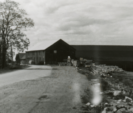
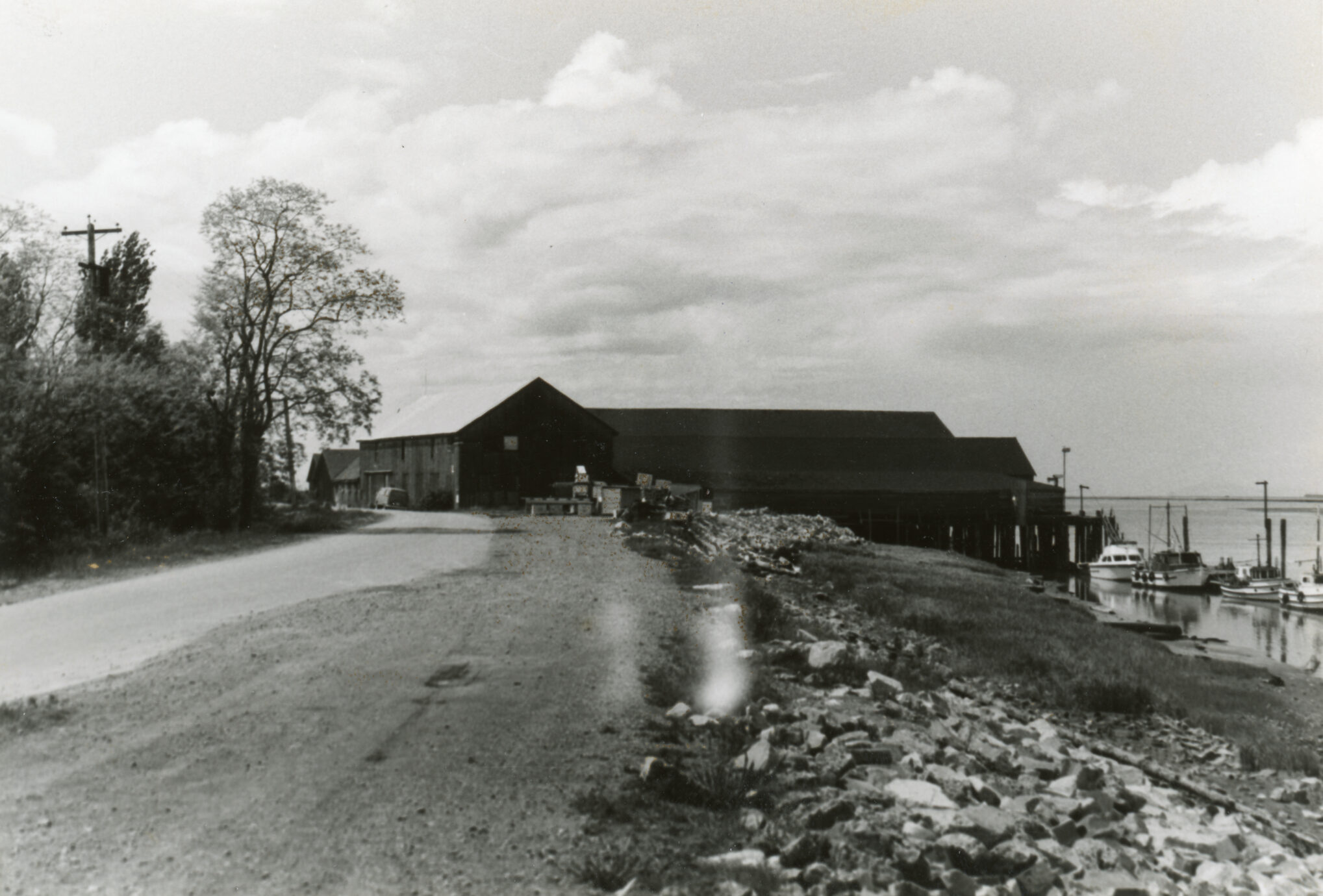
1. Terra Nova
Indigenous Peoples used Terra Nova to set up seasonal fishing camps during salmon and sturgeon runs and to gather food such as crabapples. The area was named Spul’u’kwuks after the natural-gas-rich water that bubbles to the surface.
Life changed in the late 1880s with the arrival of a group of Newfoundland fishermen, who claimed this area and renamed it Terra Nova, or “new land.”
These settlers created a self-sufficient, close-knit community which grew and thrived. Life was simple and in tune with the seasons, with time for work and play.
Photo Credit: Terra Nova Cannery, looking west, 1977. City of Richmond Archives #1978 37 63
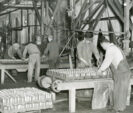
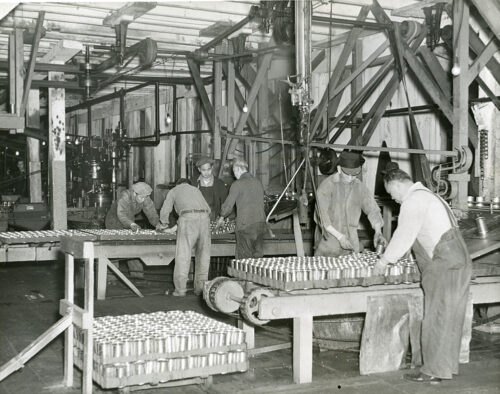
2. Terra Nova Canneries
Can you see the wooden posts, or pilings, near the shoreline? They are the remains of a cannery dock. The Terra Nova and Alliance canneries were built here during a turn-of-the-century boom in the BC fishing industry which saw more than 20 canneries constructed in Richmond.
The arrival of cannery workers transformed the quiet farming community into an industrial hotspot. Workers butchered and packed cans of BC salmon, which were sold around the world. Fishing boats and the company steamer, the Terra Nova, tied up at the cannery docks.
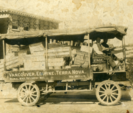
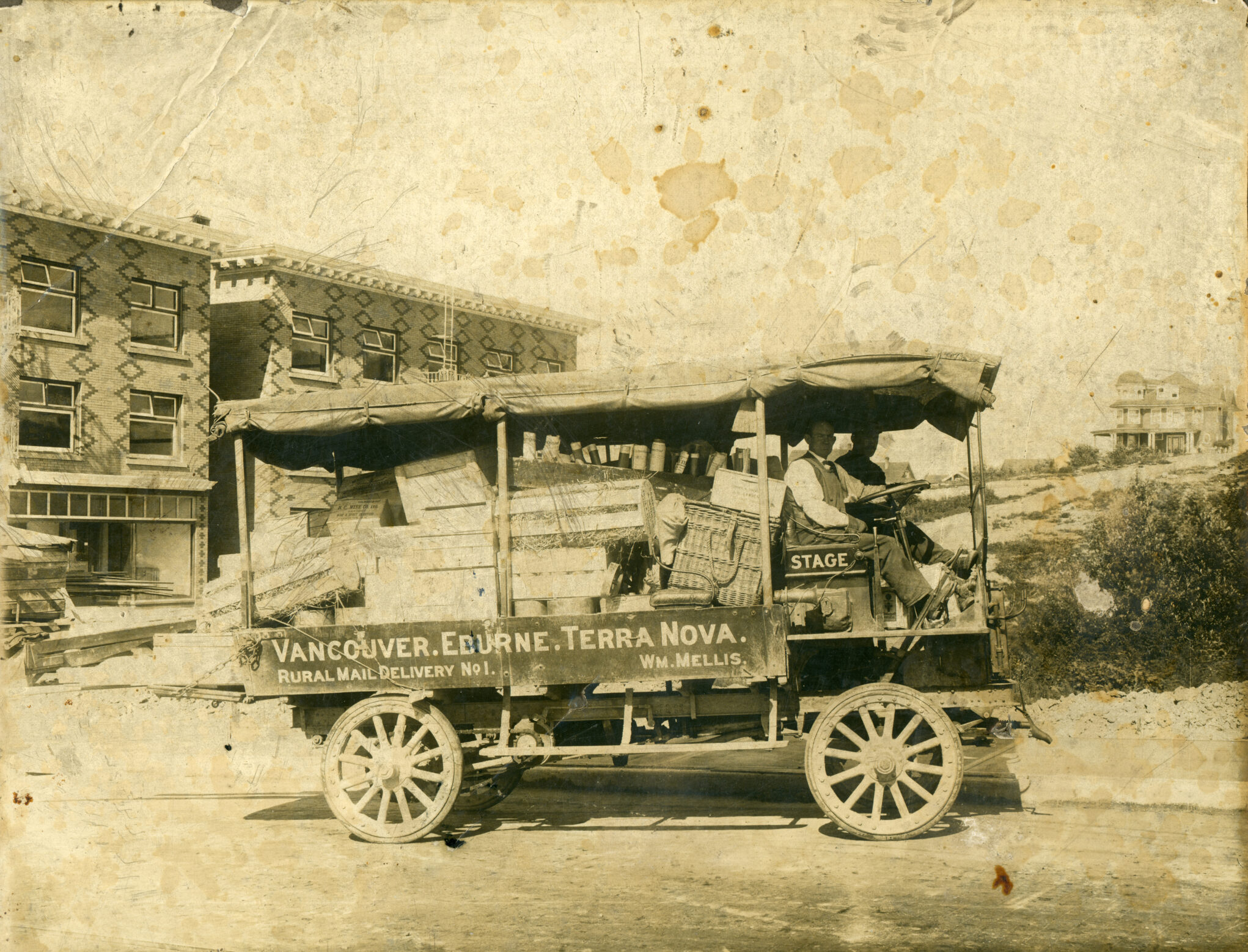
3. Cold Comfort Farm
James and Isabella Mellis arrived from Newfoundland in 1887, becoming
one of the first farming families in the area.
James began running a stage line between Terra Nova and Vancouver in the 1890s after the construction of roads and bridges made the trip possible. His stagecoach delivered produce to Vancouver and returned with supplies and daily mail.
The place the Mellises named Cold Comfort Farm is remembered as a beautiful little piece of paradise.
Photo Credit: James Mellis driving the Vancouver, Eburne and Terra Nova Stage, 1912. City of Richmond Archives #2004 40 3
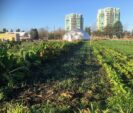
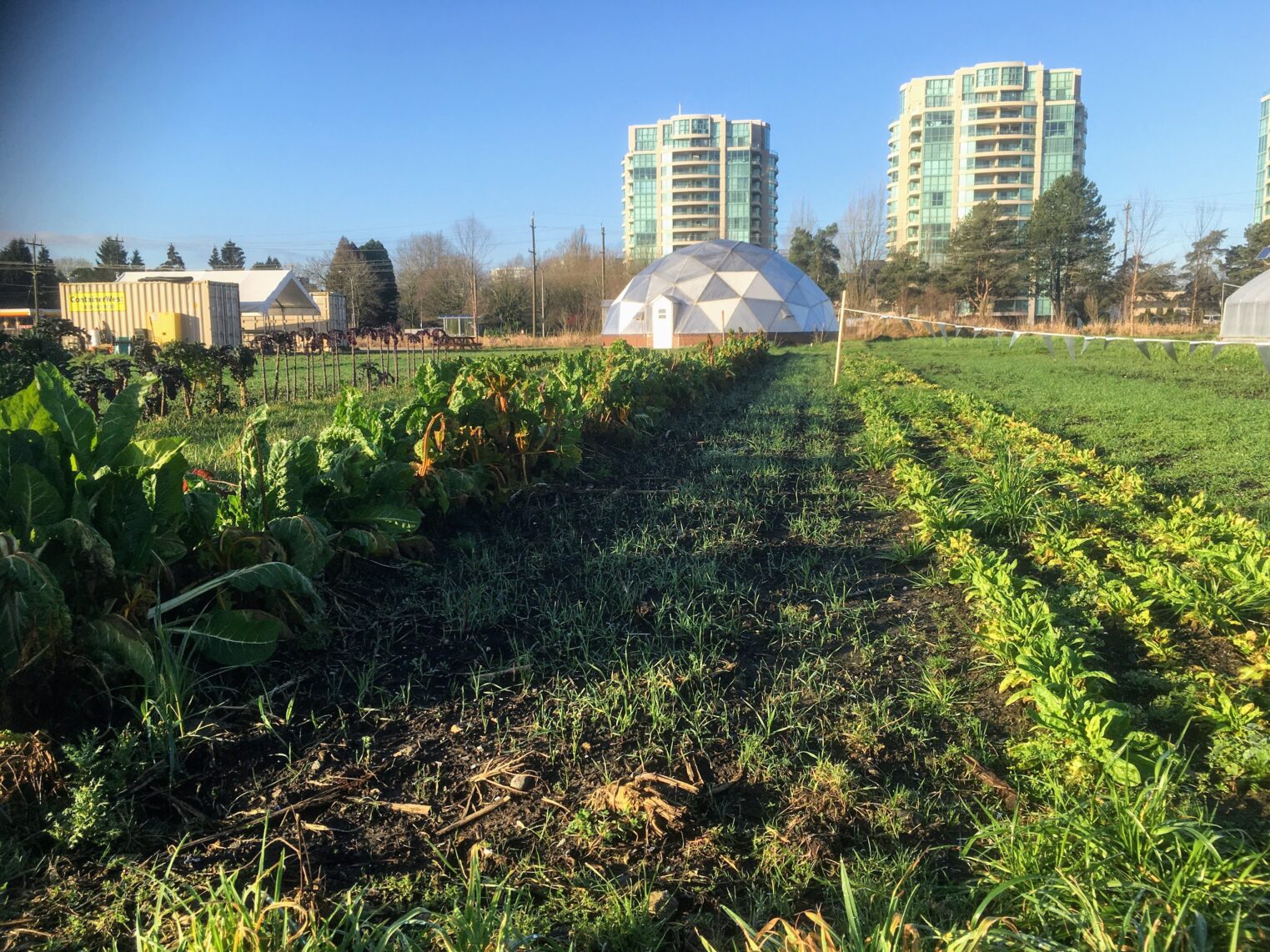
4. Terra Nova Orchards
Most settlers in the 1800s planted orchards and Terra Nova was no exception. The Mellis family had the largest orchard on Lulu Island with at least 100 apple, cherry, and pear trees planted in seven long rows that ran north to south.
In the 1950s, farmers transformed fields stretching to the south, creating intensively cultivated commercial vegetable gardens. They grew hay, oats, and barley and kept cows on the Parson’s property, along with Bantam chickens, guinea hens, rabbits, sheep, geese, and bees.
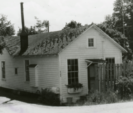
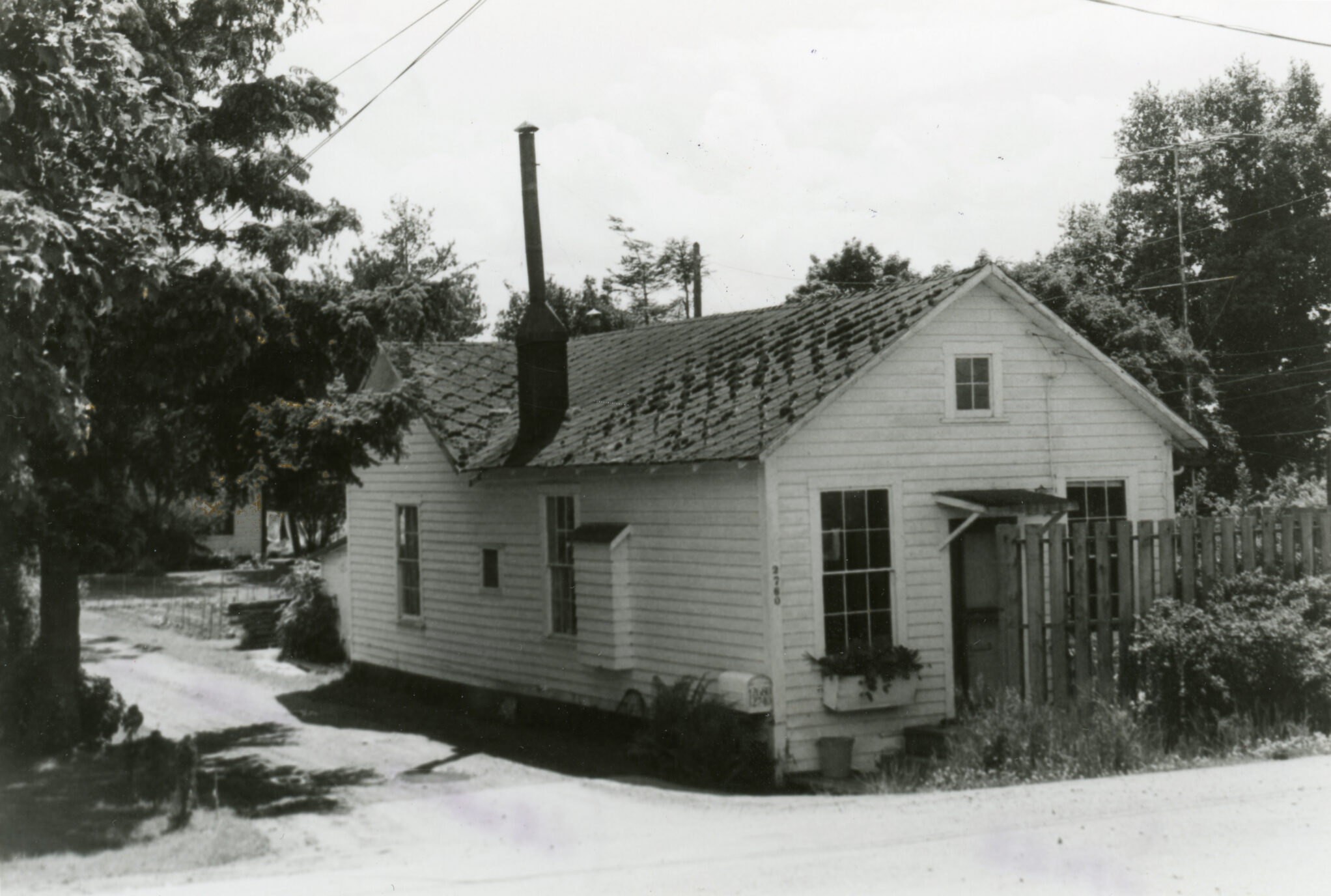
5. Cannery Office and Store
The Terra Nova Cannery began operations in 1892. The company store became the hub of the community, where fishermen exchanged their catch for goods, and Japanese, Chinese, First Nations, and European workers spent their pay.
To support the Cannery, numerous buildings sprung up inside and outside the dike. The Cannery built wharves and docks, housing for workers, and outbuildings for cannery operations along the waterfront. The manager was housed in the nearby Edwardian Cottage.
Photo Credit: The Terra Nova cannery store at 2760 River Road, 1977.
City of Richmond Archives #1978 37 66
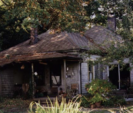
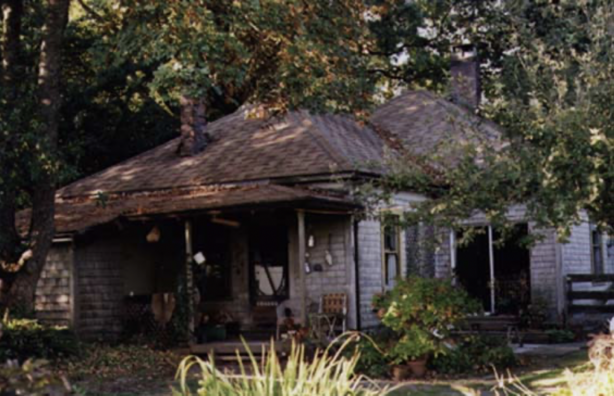
6. The Edwardian Cottage
This Edwardian Cottage, built around 1905, is the only one of its type in Richmond. The Koyanagi family moved into this house after the cannery managers left. Their son, Hiro, built a barn behind the cottage when he was just 15 years old.
Today it is home to the Terra Nova Nature School and used by children participating in nature-based programs.
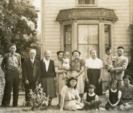
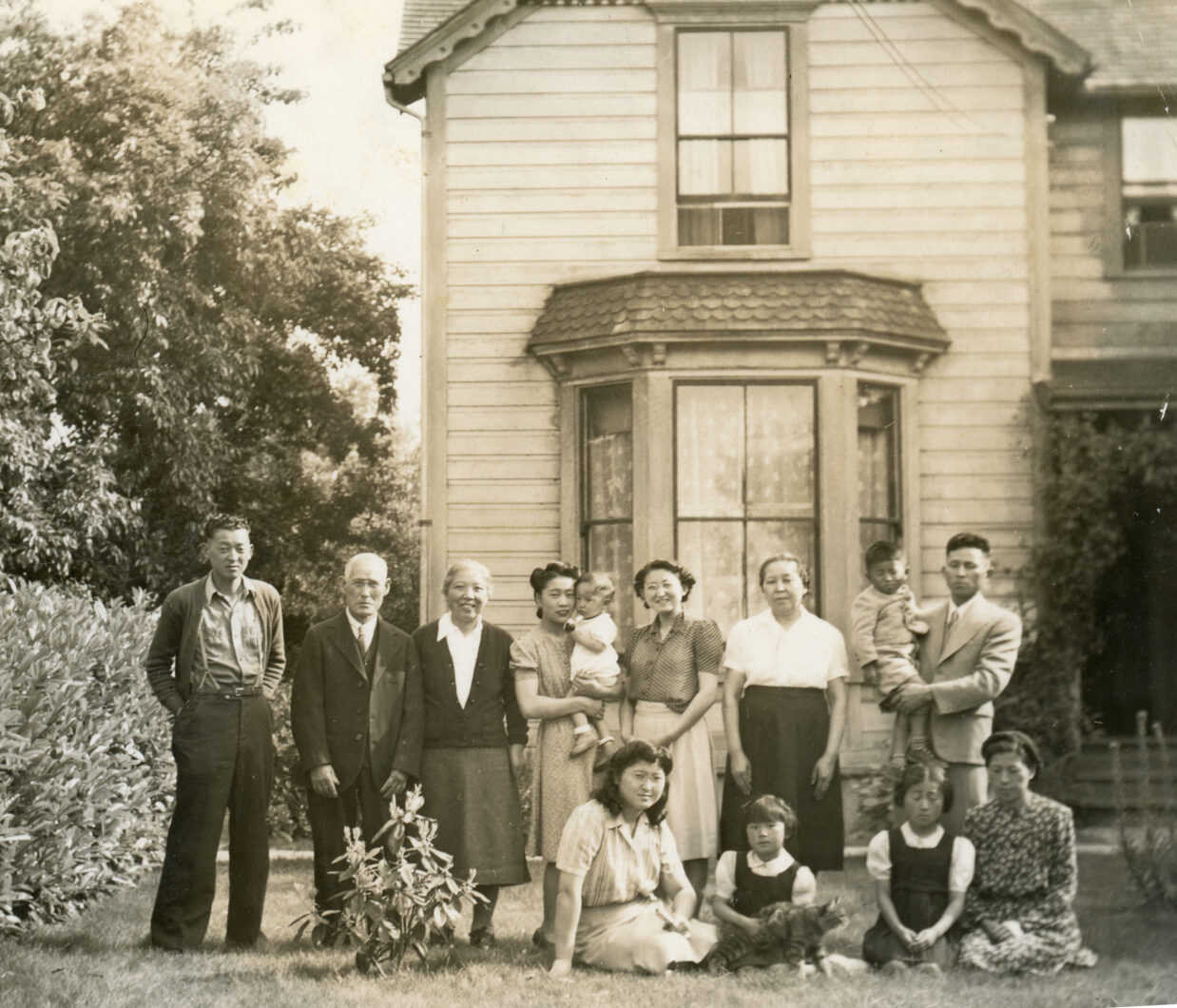
7. Parsons House
Joshua Parsons and his family were among the original Terra Nova settlers, arriving around 1888. He used his carpentry skills to build this house and worked at the Terra Nova Cannery.
In 1909, this house was bought by a Japanese fisherman, Kyutaro Shimano, who immigrated here with his wife and child. The Shimanos, like the Koyanagis, were forced to leave in 1942 when people of Japanese descent were removed from communities along the coast and interned during World War II.
Well-known artists Ann Kipling and Leonard Epp moved into the house in 1967, attracted by the idea of getting back to the land.
Photo Credit: The Shimano family in the front yard of the Parsons house, early 1940s. City of Richmond Archives, Accession 2016 35
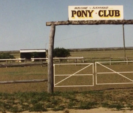
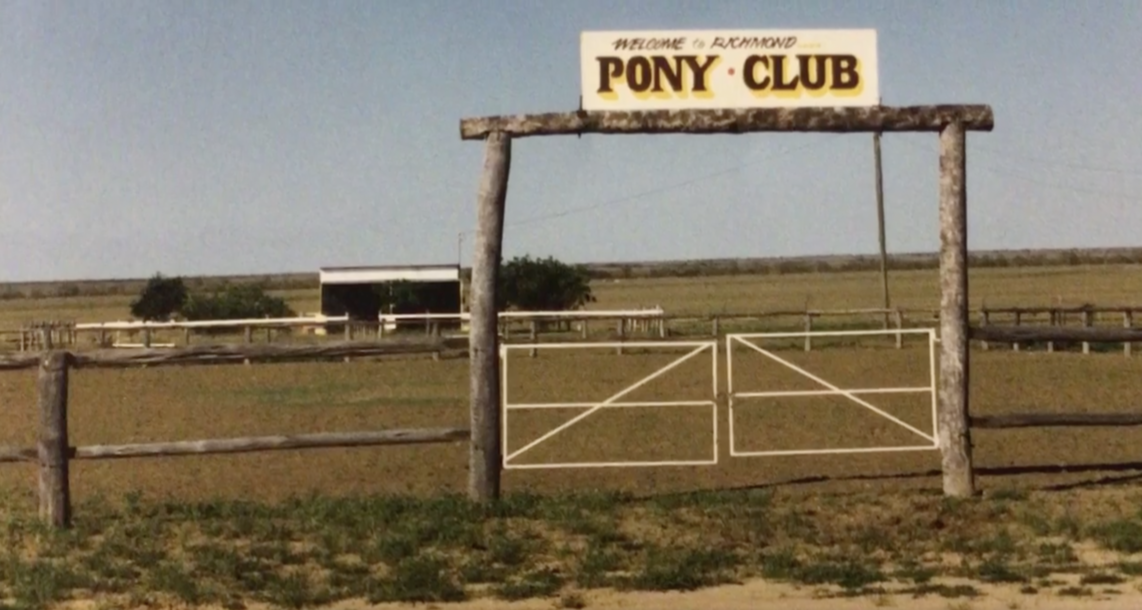
8. Gordon Property
Early settlers Robert and Anne Gordon are remembered for the prized fruit trees they planted on the property. All four of their sons became “cannery men.” One son, Don, recalled taking a boat to school in the “early days,” collecting driftwood for firewood, and “bagging” 100 ducks on Sturgeon Banks in one day.
When the Okino family later purchased the house in 1951, they planted cherry trees and vegetables from seeds imported from Japan. They were the only fishing family to return to Terra Nova after internment.
The property became home to the Richmond Pony Club in the 1970s.
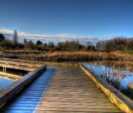
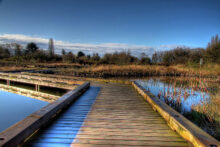
9. Terra Nova Slough
The most significant natural water feature in this area is the Terra Nova Slough. These natural channels, along with their surrounding agricultural fields, are a unique feature of Terra Nova’s delta landscape.
At one time it would have been possible to paddle a canoe through sloughs from Terra Nova to Garry Point, with a short portage at Francis Road.
A variety of birds, mammals, and insects nest or shelter in the shrubby hedgerow corridors, while barn owls and other raptors have learned that these habitats can be great places to catch a tasty meal. Keep your eyes peeled for the resident beaver.
Photo Credit: Terra Nova Rural Park – Slough and boardwalk. City of Richmond
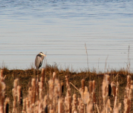
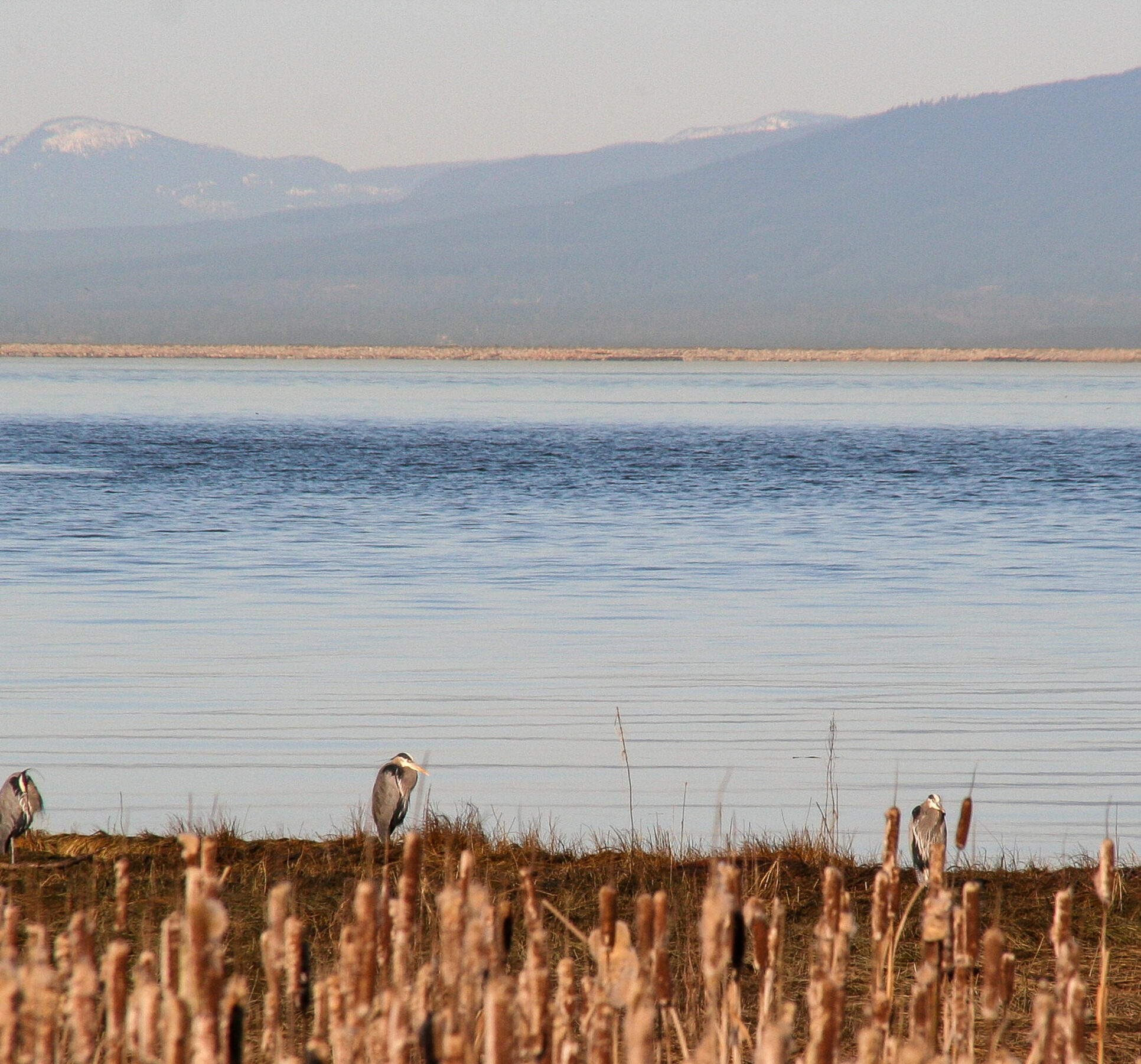
10. Sturgeon Banks
English explorer Captain George Vancouver gave this place its name after purchasing a huge sturgeon, or ghost fish, from a nearby First Nations community.
Sturgeon Banks’ shoreline marshes, mud flats and shallow waters combine to create one of North America’s most significant wetland habitats. They serve as an important feeding and resting stop for more than 1.5 million birds during their annual migrations along the Pacific Flyway, while tidal pools support populations of larger animals such as flounders, crabs, shrimp, and clams. This food web supports birds north and south, and whales and sea lions far out the sea.
Photo Credit: Blue Herons on Sturgeon Banks. City of Richmond
